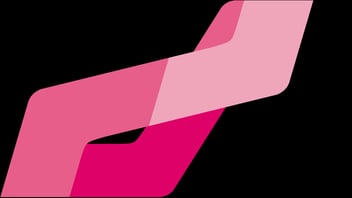Today, software projects bring together several different technologies. A software or service consists of several different entities, each with its own function. The software or service can usually be divided into frontend and back-end components, which together form a single entity. Both parts are referred to as full stack.
Fontend - the user interface
Frontend acts as a user interface. The user interface is often implemented with network technology such as JS, HTML, CSS or Java, which means that the distribution and accessibility of the software is much better than in the implementation of stand-alone software installed on a computer. The user interface, or UI, implemented with network technology is often responsive to make the use of the software on various devices, such as a computer, phone, or tablet, as smooth as possible.
The implementation of the UI should be based on usability design so that the user experience, or UX, is as smooth and effortless as possible. The usability design can be implemented in a light or in a heavy manner. Lightweight design includes, for example, a rough UI outline, and a heavy implementation can include, for example, the documentation of all operating situations. However, what they always have in common is that the plan combines the goals of the user with the potential offered by the software.
The level of planning should be considered for each project separately to avoid over- or under-design.
Back end - the software node
The back-end performs the operation of the software or service and the provisioning and processing of the information. The back-end is usually server-based software, such as Java, Python, or Perl, that receives and processes frontend requests. Back-end data management relies on a database service, which can often be on a different server than the actual back end.
The design of the back-end must take into account the needs of the present and the future, so that the data structures and software architecture make software development possible now and also in the future.
Server-side implementation is also affected by your company's business model. It determines whether there is a need for third-party integrations, i.e., external interfaces. It also affects the potential need to decentralize software production from either an architectural and/or security perspective.
It can be said that the implementation of the back end is the so-called node because all users of the service use the server software in their operations, whether it is a frontend website, a phone application, or an M2M IoT or someone else.
Do you need help in product development?
Our services include software development, embedded systems, electronic design, mechanical design, automation design (PLC), project management, product development and productization. Contact us and let’s talk how we can help you!




